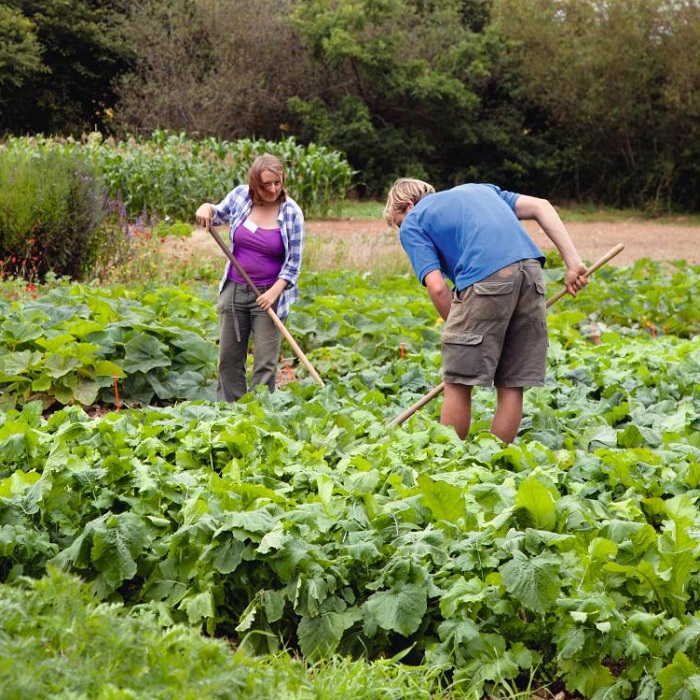Crop rotation is a crucial practice for any farmer or homesteader who wants to maintain the health and fertility of their soil while maximizing yields. This age-old technique involves planting different crops in a specific sequence over several seasons, allowing each crop to benefit from the nutrients left behind by its predecessor.
One of the main advantages of crop rotation is pest and disease control. By rotating crops, farmers can disrupt the life cycles of pests that are specific to certain plants, reducing their populations naturally without relying on chemical pesticides. Additionally, rotating crops helps prevent the buildup of soil-borne diseases that can decimate yield and quality.
Another benefit of crop rotation is improved soil fertility. Different plant species have different nutrient requirements, so rotating crops allows for a more balanced use of nutrients in the soil. For example, legumes such as peas and beans fix nitrogen from the atmosphere into the soil, benefiting subsequent crops like corn or wheat which require higher nitrogen levels.
Furthermore, crop rotation reduces weed pressure by interrupting weed growth cycles. Some weeds thrive in specific conditions created by monoculture farming systems; however, when different crops are rotated year after year, these weeds struggle to establish themselves as they face changes in environmental conditions and competition from other plants.
The specific sequence of crops will depend on various factors such as climate, soil type, and desired harvests. A common three-year rotation plan consists of dividing fields into three sections: one for grain/vegetables (e.g., corn or potatoes), one for legumes (e.g., soybeans or lentils), and one for cover crops (e.g., clover or rye). The following year these sections would be shifted accordingly.
In conclusion, implementing crop rotation practices provides numerous benefits to farmers and homesteaders alike. From pest control to enhanced fertility and reduced weed pressure – it’s clear that this time-tested method can contribute significantly towards sustainable agriculture while maintaining healthy soils for future generations.


Leave a comment